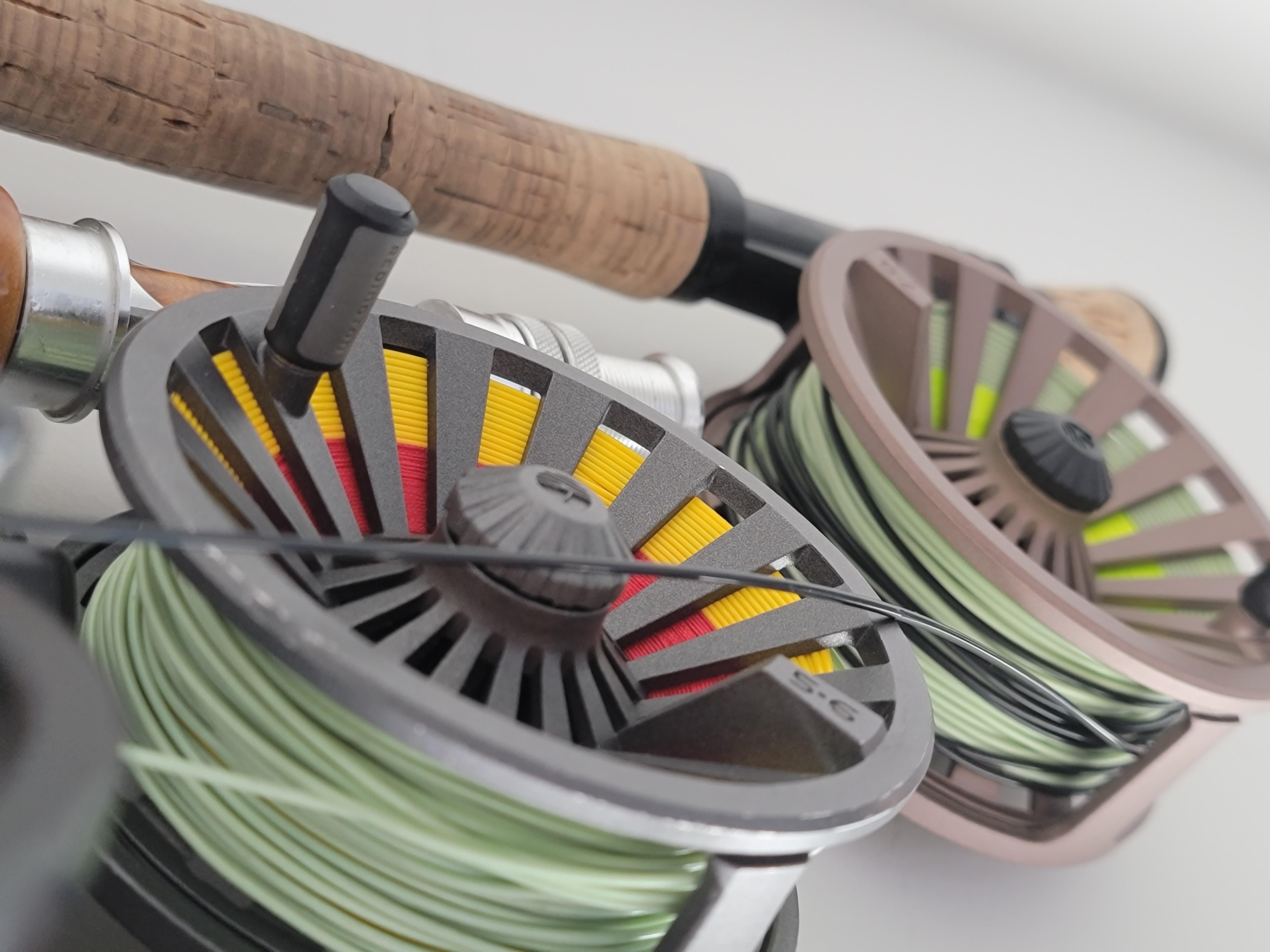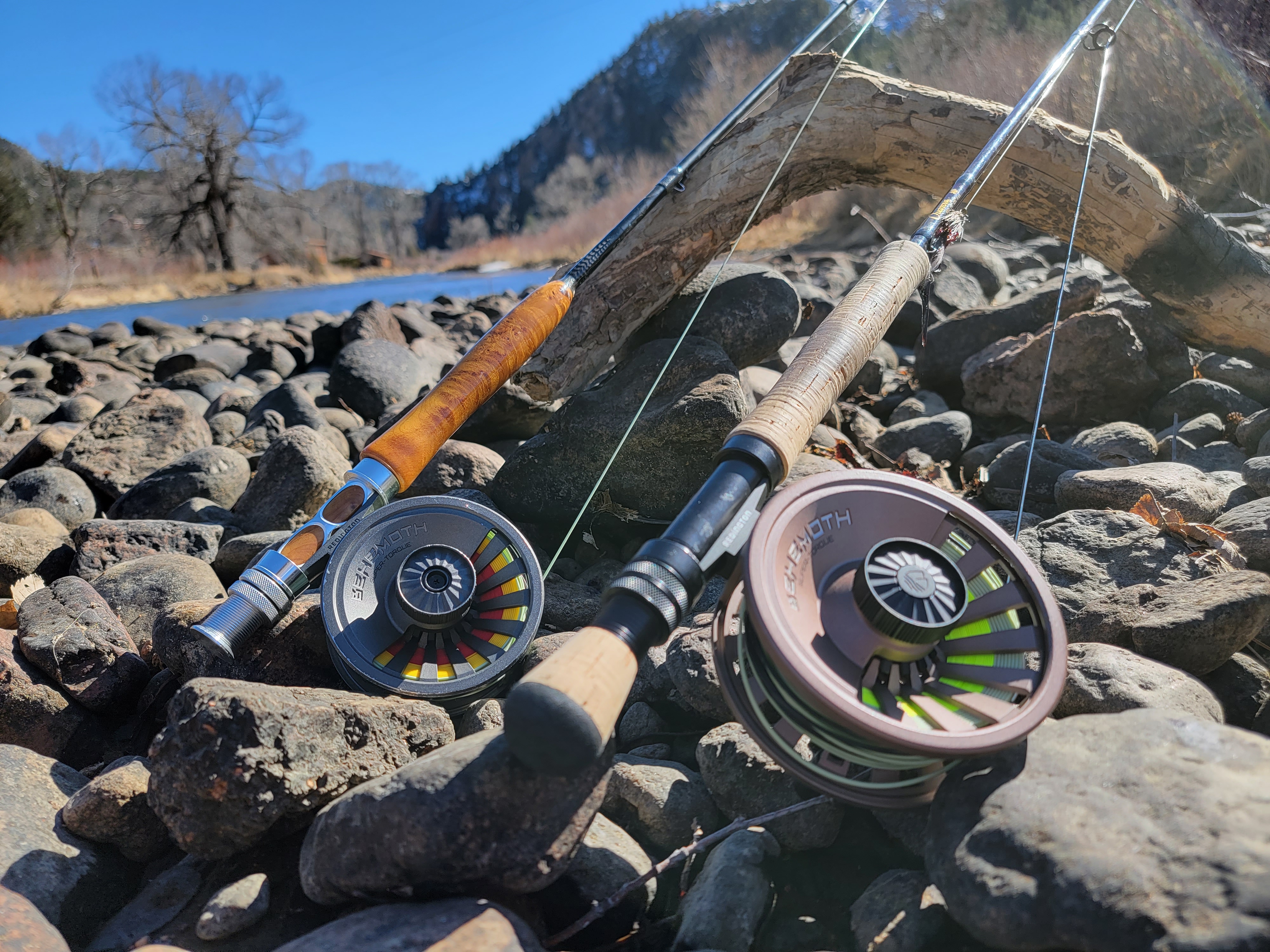When delving into the world of fly fishing rod prices, it's crucial to consider a plethora of key factors that can influence both the cost and quality of the rod. Getting to know the ins and outs of a fly fishing rod, such as the rod blank, rod guides, reel seat, and handle, can provide valuable insights into the overall performance and durability of the rod. Moreover, elements like the materials used in construction, the reputation of the brand, the length and weight of the rod, special features, and craftsmanship all play pivotal roles in determining the price of a fly fishing rod. By meticulously assessing these factors and understanding your budget and specific requirements, you can make an educated decision and discover the ultimate bang for your buck when choosing a fly fishing rod.
Understanding the Components of a Fly Fishing Rod

When it comes to understanding the components of a fly fishing rod, there are a few key elements to consider. The first is the rod blank, which is the main body of the rod. It is typically made of materials like graphite or fiberglass, each offering its benefits and drawbacks. Graphite rods are known for their lightweight and sensitivity, while fiberglass rods are known for their durability and flexibility.
Another important component is the rod guides, which are the small rings that line the rod and help guide the fishing line. These guides are typically made of materials like ceramic or stainless steel. Ceramic guides are known for their smoothness and durability, while stainless steel guides are known for their strength and resistance to corrosion.
Another important component to consider is the reel seat. This is where the fishing reel is attached to the rod. Reel seats can be made of materials like graphite or aluminum, each offering its advantages. Graphite reel seats are lightweight and corrosion-resistant, while aluminum reel seats are strong and durable.
Lastly, the rod's handle is an important component to consider. Handles can be made of materials like cork or synthetic materials. Cork handles are known for their comfort and grip, while synthetic handles are known for their durability and resistance to moisture.
- The rod blank is the main body of the rod and is typically made of materials like graphite or fiberglass.
- Graphite rods are known for being lightweight and sensitive, while fiberglass rods are known for being durable and flexible.
- Rod guides are small rings that line the rod and guide the fishing line. They are typically made of ceramic or stainless steel.
- Ceramic guides provide smoothness and durability, while stainless steel guides provide strength and resistance to corrosion.
- The reel seat is where the fishing reel is attached to the rod and can be made of materials like graphite or aluminum.
- Graphite reel seats are lightweight and corrosion-resistant, while aluminum reel seats are strong and durable.
- The rod handle is also an important component to consider and can be made of cork or synthetic materials.
- Cork handles offer comfort and grip, while synthetic handles offer durability and resistance to moisture.
Factors Influencing Fly Fishing Rod Prices

Several factors can influence the price of a fly fishing rod. One of the main factors is the materials used to construct the rod. Higher-end rods are often made with advanced materials like high-modulus graphite or carbon fiber, which can increase the price. On the other hand, lower-end rods may be made with lower-quality materials, resulting in a lower price.
Another factor that can influence the price is the brand of the rod. Well-known and reputable brands often come with a higher price tag, as they are known for their quality and performance. However, lesser-known brands also offer high-quality rods at a more affordable price.
The rod length and weight can also impact the price. Longer and heavier rods tend to be more expensive, requiring more construction materials. Additionally, rods with specialized features, such as multiple-piece construction or specific action types, may also have a higher price.
Lastly, the overall craftsmanship and attention to detail can affect the price. Rods that are meticulously crafted with high-quality components and precision engineering may come with a higher price tag.
- Materials used in constructing a fly fishing rod are the main factor influencing its price.
- Higher-end rods often use advanced materials like high-modulus graphite or carbon fiber, which can increase the price.
- Lower-end rods may be made with lower-quality materials, resulting in a lower price.
- Well-known and reputable brands often have a higher price tag due to their quality and performance.
- However, lesser-known brands can offer high-quality rods at a more affordable price.
- The length and weight of the rod can impact the price.
Determining Your Budget and Needs
Before diving into the world of fly fishing rod prices, it's important to determine your budget and needs. Consider how often you plan to use the rod and the type of fishing you'll be doing. If you're a beginner or only fish occasionally, you may not need to invest in a high-end rod. However, a higher-quality rod may be worth the investment if you're a serious angler or plan to fish frequently.
It's also important to consider your skill level. Beginners may benefit from a more forgiving and versatile rod, while experienced anglers may prefer a rod with specific characteristics to suit their fishing style.
Additionally, consider any specific features or specifications important to you. Do you prefer a certain length or weight? Do you require any specialized features or actions? Determining your needs and preferences allows you to narrow your options and find a rod that fits your budget.
Exploring Different Price Ranges
When exploring the price range of fly fishing rods, it's essential to consider the different options available at various price points. Rods are available at various prices, from budget-friendly options to high-end models.
You can find entry-level rods suitable for beginners or occasional anglers at the lower end of the price range. These rods may be made with more affordable materials and may not have all the advanced features of higher-end rods. However, they can still offer a good fishing experience for those on a tight budget.
You'll find rods that balance affordability and performance in the middle price range. These rods are often made with higher-quality materials and may have additional features or specifications to enhance the fishing experience. They are famous for anglers who fish regularly and want a reliable and versatile rod.
You'll find premium rods designed for serious anglers and professional use at the higher end of the price range. These rods are often made with the best materials and feature advanced technologies and construction methods. They offer exceptional performance and durability but come with a higher price tag.
Finding the Best Value for Your Money
When it comes to fly fishing rod prices, finding the best value for your money is essential. This means finding a rod that offers a good balance between cost and quality.
One way to find the best value is to consider the reputation and reviews of the brand and model. Look for brands that are known for their quality and customer satisfaction. Read reviews from other anglers who have used the rod to understand its performance and durability.
Visiting a local fishing tackle shop and speaking with knowledgeable staff is also a good idea. They can provide recommendations based on your budget and fishing needs, and you may even have the opportunity to test out different rods before deciding.
.png?width=300&height=100&name=Copy%20of%20Rise%20Beyond%20Logo%2012.31.24%20(300%20x%20100%20px).png)



.png)